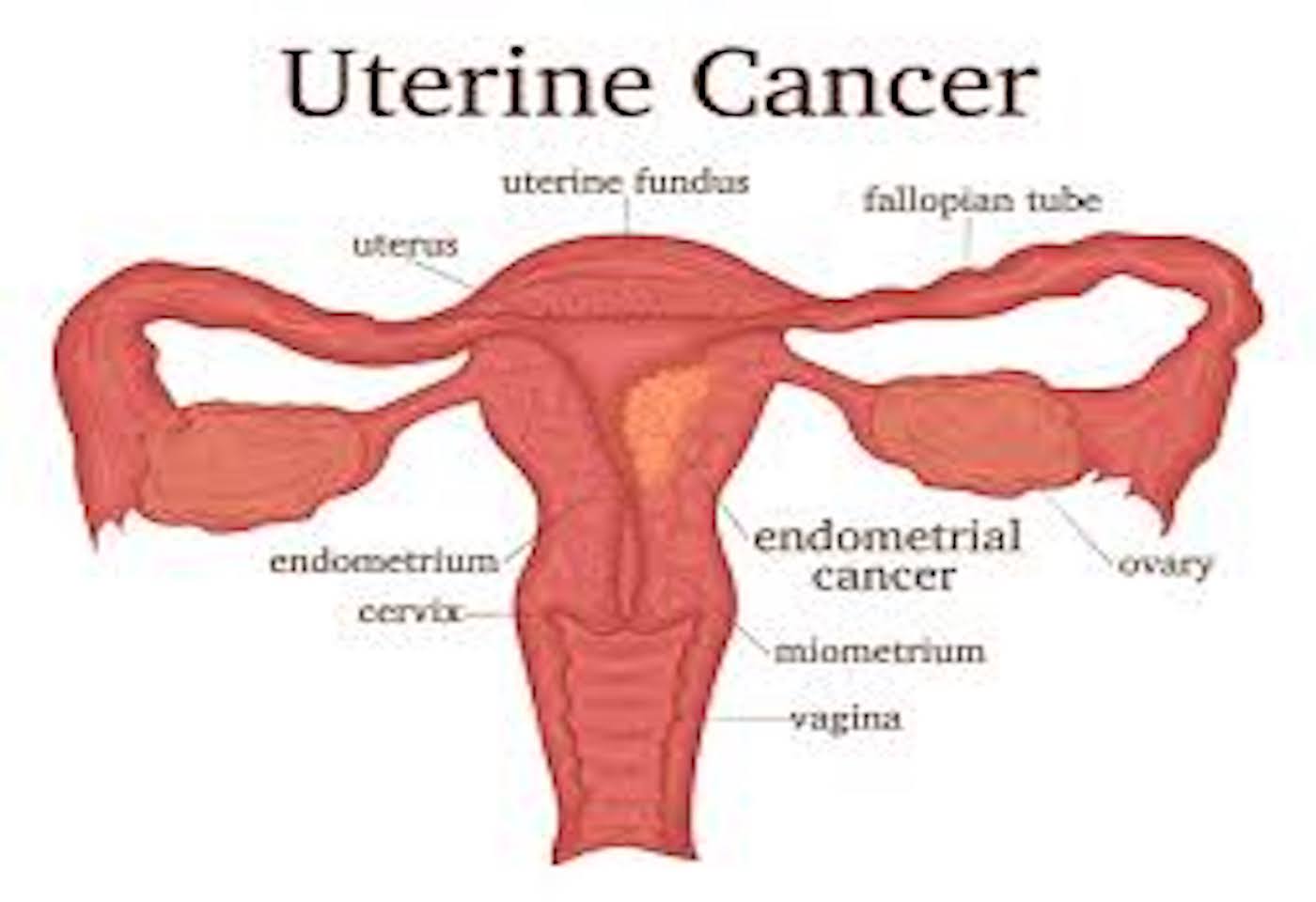Author: Dr. Kalpana Kothari, Consultant- Gynecologic Surgical Oncology, HCG Aastha Cancer Centre – Ahmedabad
India
healthysoch
New Delhi, June 16, 2025:
 When we talk about women’s health and cancers of the reproductive system, two names often come up: cervical cancer and uterine cancer. They sound similar. They’re both found in the lower abdomen. And they affect organs that are right next to each other. But in truth, they are quite different —in how they show up in the body, in how they develop, and in how they are treated.
When we talk about women’s health and cancers of the reproductive system, two names often come up: cervical cancer and uterine cancer. They sound similar. They’re both found in the lower abdomen. And they affect organs that are right next to each other. But in truth, they are quite different —in how they show up in the body, in how they develop, and in how they are treated.
If you’re someone who wonders what sets these two apart, you’re not alone. Knowing the difference isn’t just useful — it is critical to how early the disease is caught, and how successful treatment can be.
Where It All Starts
Let’s begin with location. Uterine cancer begins in the uterus — the womb — which is the organ where a baby would grow during pregnancy. Most commonly, the cancer starts in the lining of the uterus. In contrast, cervical cancer starts in the cervix, which is the lower part of the uterus that opens into the vagina.
The difference in origin plays a big role in how each condition is spotted and in how each behaves.
Signs You Shouldn’t Ignore
For uterine cancer, one of the most obvious signs is abnormal bleeding — especially if it happens after menopause. But it’s not always so dramatic. It could be bleeding between periods, or a watery discharge that just doesn’t feel normal. Some women experience lower belly discomfort or a feeling of fullness that doesn’t go away.
Cervical cancer, on the other hand, may present fewer indicators, at first. Many women don’t feel anything in the early stages. When symptoms do appear, they might include bleeding after intimacy, pain in the pelvic region, or an unusual discharge. Regular check-ups are the route to early detection, even before the symptoms start to manifest.
How Do Doctors Tell the Difference?
Uterine cancer is usually picked up after a woman reports unexpected bleeding. A doctor may suggest a pelvic ultrasound, and if needed, a biopsy of the uterine lining.
Cervical cancer, however, is most often found through routine Pap smears. This simple screening can detect early cellular changes in the cervix, even before they become cancerous. If any anomaly is detected, a closer examination of the cervix is done, often through a minor procedure.
The Treatment Journey
For uterine cancer, surgery is usually the first step — often involving removal of the uterus. Depending on how advanced the cancer is, the ovaries or nearby tissue might also need to be removed. In some cases, radiation, or, hormone therapy is used after surgery.
Cervical cancer treatment depends on how far it has progressed. In early stages, small areas of abnormal cells can sometimes be removed easily. For more advanced disease, treatment might involve surgery, radiation, chemotherapy, or a combination of all three.
Is Prevention Possible?
Cervical cancer is, in many ways, preventable. Thanks to a vaccine that protects against the main virus responsible, and regular Pap tests, it can often be caught and stopped before it starts.
Uterine cancer is a little different. There’s no vaccine, but lifestyle changes help. Keeping your weight in check, managing conditions, such as diabetes, or hormonal imbalances, and staying alert to any menstrual irregularities can reduce the risk.
A Closing Thought
Women are conditioned to endure discomfort, to dismiss irregular periods, and to ignore random aches. But your body has ways of talking to you. When you sense alerts— especially when it comes to bleeding or persistent discomfort — don’t brush it aside.
Understanding the difference between cervical and uterine cancer isn’t just about medical terms. It’s about knowing when to pause, when to seek help, and how to take charge of your health before something serious takes root.







